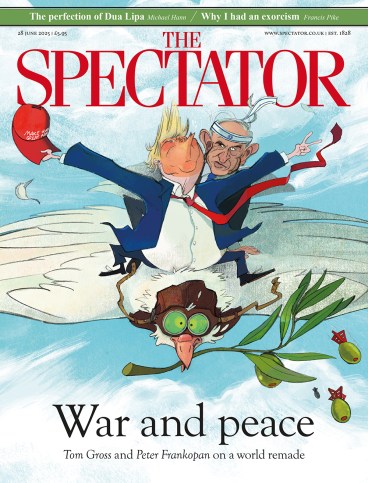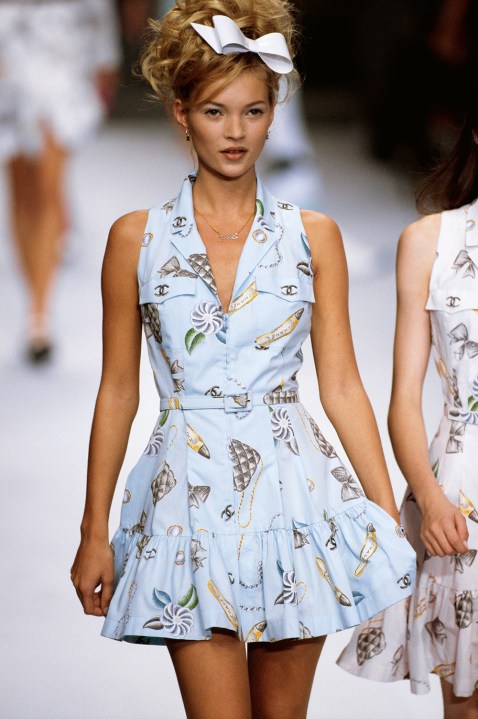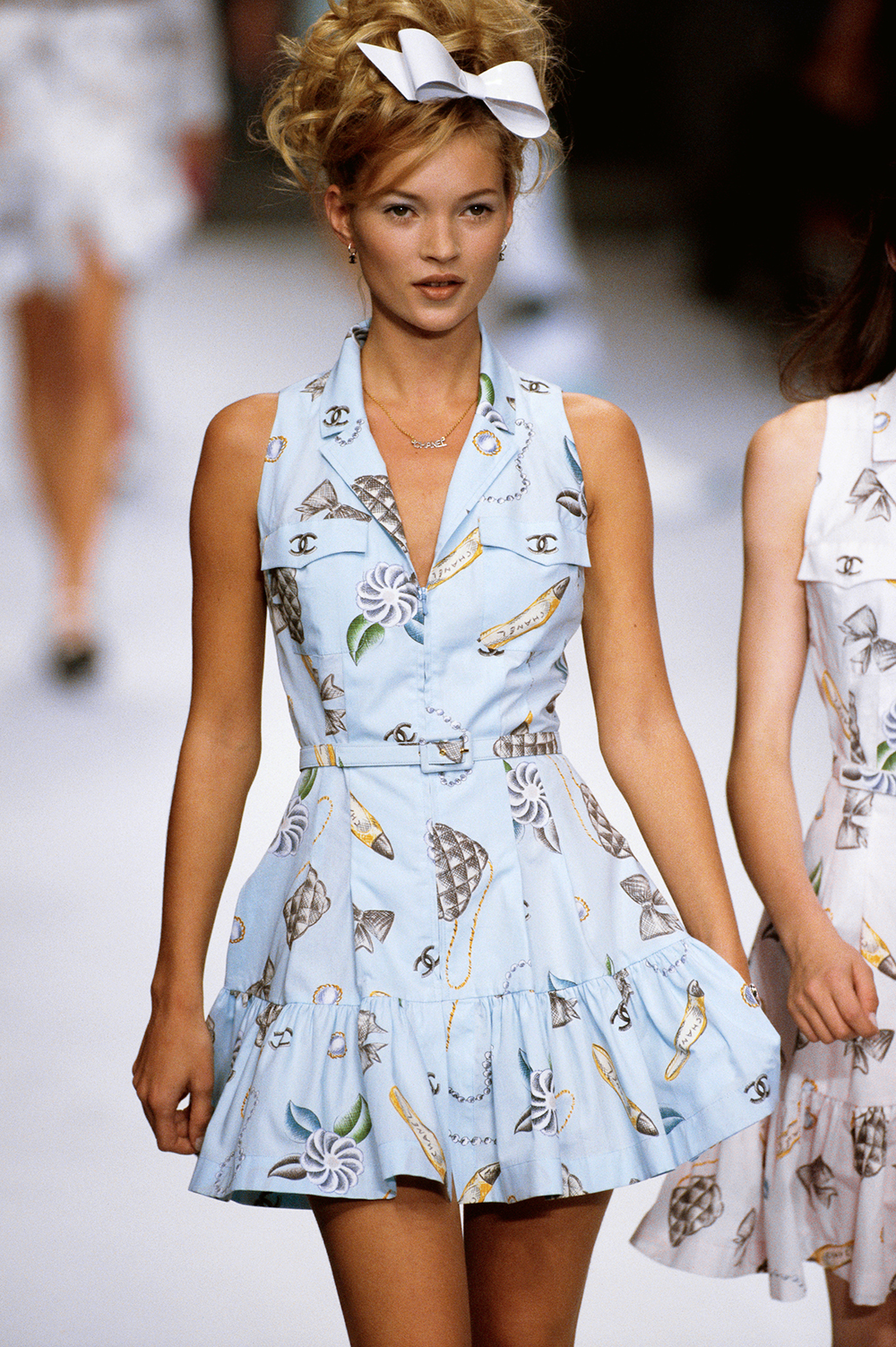
The 1990s and the following decade were, it is widely agreed, a bad time to be a girl. Which is strange, because a girl seemed like the best thing you could be then. Certainly better than being a woman. Not as good as being a boy or a man, of course, but since those were out of the question (gender fluidity was still a nascent proposition), you might as well lean into girlhood.
For millennial girls like me and Sophie Gilbert (a Pulitzer-nominated staff writer on the Atlantic), this was a confusing period. On the one hand, girls were everywhere. We became teenagers to chants of ‘girl power!’, and later we got our vision of young adulthood from the Lena Dunham series Girls. ‘Girl’ was an identity with potential. On the other hand, it’s hard to avoid just how porny a lot of the uses of ‘girl’ were. The Girls Gone Wild softcore DVD series turned young women’s drunken lapses into permanent, purchasable shame. The phrase ‘girl on girl’ comes from pornography, where it denoted lesbian scenes. Gilbert uses it here to refer to the self-loathing and anti-sisterhood this period inculcated.
‘Empowerment’ was the watchword of the millennial girl, but what exactly was she empowered to be? Primarily to be sexy – as Gilbert lays out in this comprehensive analysis of the era’s pop culture. A girl could be anything as long as she was pleasing to a man. And God forbid she do anything so crass as grow up. Good girls stayed young.
Gilbert acknowledges that this isn’t a simple story of backlash. The teen comedies of the period, for example, really were a step up from the 1980s versions, when even the sainted John Hughes played rape as a punchline. American Pie (1999) was crude but charming, and its makers by their own account were trying to write girls with ‘more depth’. But that could still mean ‘as shallow as a teaspoon’.
The female characters of American Pie are all, as Gilbert points out, porn archetypes: sexy cheerleader, hot nerd, horny exchange student (who ends up a victim of revenge porn before revenge porn had a name, something the film treats as a joke). The girls act as the obstacles between the fratty heroes and their objective: sex. They are the gatekeepers of virginity, ‘the ultimate prize for any man worthy of claiming it’.
In fashion, statuesque supermodels such as Naomi Campbell and Cindy Crawford were dislodged by the often underage and always underfed waifs. ‘Fashion designers grew tired of dealing with the top models, who knew what they were worth and whose fame often overshadowed the clothes. Designers preferred girls.’ So did photographers like Terry Richardson, who brought porno chic to high fashion and liked to photograph himself in flagrante with the models. His aesthetic – ‘not quite art or porn or fashion photography but a hybrid of all three that kept insisting it was also a big joke’ – defined the look (and the moral tone) of the era.
Meanwhile, the advances that women had made in the music industry in the early 1990s were abruptly reversed. The punky, confrontational Riot Grrrl movement collapsed under hostile media coverage but lived on when their ‘girl power!’ slogan was hijacked by the male-svengali-manufactured Spice Girls ‘in such a way as to neutralise feminism’.
It’s worth noting that the Spices ditched their management to successfully and profitably control their own careers, which sounds powerful to me. Nonetheless, Gilbert is right that they represented the renewed dominance of producer-led pop (meaning male-led, because most producers were male). Music channels became a ‘gateway to porn. The more sexualised female artists were, the better’.
All of which makes it rather surprising that when writing about the porn industry itself in this period, Gilbert steps away from her argument to reassure the reader: ‘I’m not interested in kinkshaming, and I’m not remotely opposed to porn.’ To which, given all the evidence she arrays in this book, a reasonable person might respond: why not?
There’s a similar moment of liberal etiquette overwhelming political nous in a chapter on reality TV. Gilbert astutely notes that in these shows, ‘exterior womanhood is work’ – something constructed through clothes and procedures. But then she argues that this made the genre welcoming to trans women, as though this is an entirely positive feature rather than a vivid illustration of gender identity’s misogyny.
It’s depressing that even now a critic as wide-ranging and incisive as Gilbert can be seen flinching at the acceptable limits of the discourse. In a book that argues convincingly that millennial pop culture conditioned women to ‘meticulously present themselves for mass approval’, it’s a shame to find the author still occasionally contorting herself to avoid upsetting men.








Comments